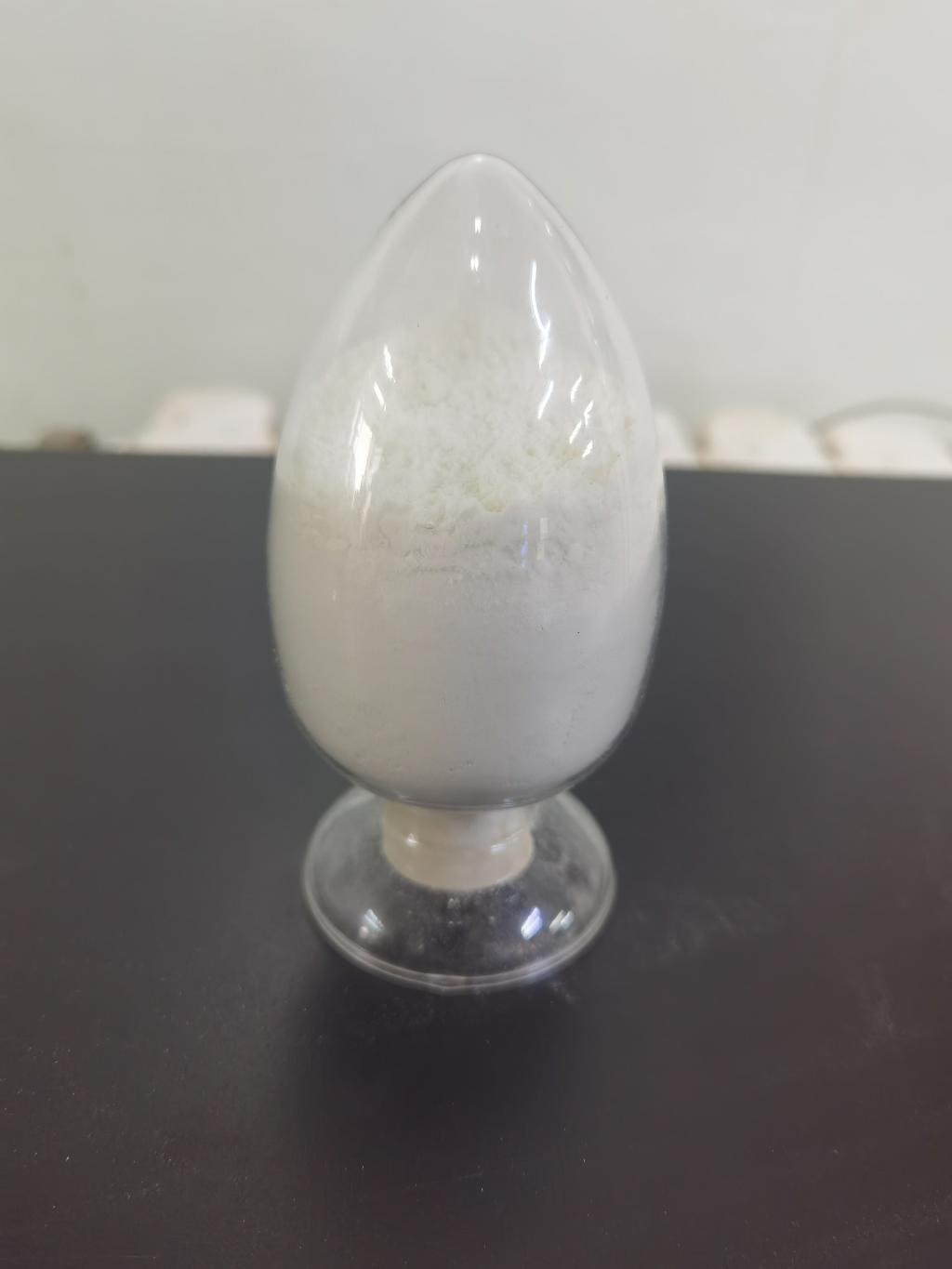Tel:+8618231198596

News
 CONTACT
CONTACT
 CONTACT
CONTACT
- Linkman:Linda Yao
- Tel: +8618231198596
- Email:linda.yao@dcpharma.cn
- Linkman:CHARLES.WANG
- Department:Overseas
- Tel: 0086 0311-85537378 0086 0311-85539701
News
Current Position:
Home >
News
>ε-Polylysine Hydrochloride in Combating Antibiotic Residue in Animal Products
ε-Polylysine Hydrochloride in Combating Antibiotic Residue in Animal Products
TIME:2024-02-04
Antibiotic Residue in Animal Products: A Global Concern
1. Human Health Implications
Antibiotic residues in animal products, such as meat, milk, and eggs, can pose serious risks to human health. The consumption of products containing antibiotic residues may contribute to the development of antibiotic-resistant bacteria in humans, limiting the effectiveness of crucial antibiotics for treating infections.
2. Regulatory Measures
To address the issue of antibiotic residue, regulatory authorities worldwide have established maximum residue limits (MRLs) for various antibiotics in animal products. Compliance with these limits is essential to ensure food safety and protect public health.
3. Challenges in Livestock Farming Practices
The challenges associated with antibiotic residue stem from inappropriate use, inadequate withdrawal periods, and the emergence of antibiotic-resistant strains of bacteria. Sustainable alternatives are needed to mitigate these challenges while ensuring the welfare of livestock.
Understanding ε-Polylysine Hydrochloride
1. Natural Antimicrobial Agent
ε-Polylysine Hydrochloride is a natural antimicrobial compound derived from the fermentation of certain bacteria, particularly Streptomyces albulus. Its positively charged structure gives it antimicrobial properties, making it effective against a broad spectrum of bacteria.
2. Biodegradability and Environmental Friendliness
One of the notable features of ε-Polylysine Hydrochloride is its biodegradability. Unlike some synthetic antimicrobial agents, ε-Polylysine Hydrochloride breaks down naturally, minimizing its impact on the environment.
Mechanisms of Action: How ε-Polylysine Hydrochloride Combats Antibiotic Residue
1. Inhibition of Bacterial Growth
The antimicrobial action of ε-Polylysine Hydrochloride inhibits the growth of bacteria, including antibiotic-resistant strains. By preventing bacterial proliferation, it helps reduce the need for antibiotics in livestock farming.
2. Biofilm Disruption
Bacterial biofilms, which can harbor antibiotic-resistant bacteria, are effectively disrupted by ε-Polylysine Hydrochloride. This disruption impedes the formation of biofilms and enhances the efficacy of cleaning and sanitation practices in animal farming.
3. Alternative to Antibiotics
As a natural alternative, ε-Polylysine Hydrochloride provides a viable option for controlling bacterial infections in livestock without resorting to antibiotics. Its effectiveness in preventing bacterial growth can contribute to reducing the prevalence of antibiotic residues in animal products.
Current Applications of ε-Polylysine Hydrochloride in Livestock Farming
1. Animal Feed Additives
ε-Polylysine Hydrochloride is increasingly being incorporated into animal feed formulations as a natural preservative and antimicrobial agent. By promoting gut health and inhibiting bacterial growth, it contributes to the overall well-being of livestock.
2. Water Treatment in Animal Husbandry
In animal husbandry, water quality is crucial for maintaining the health of livestock. ε-Polylysine Hydrochloride is utilized in water treatment processes to control bacterial contamination, ensuring a safe and clean water supply for animals.
3. Surface Disinfection in Farming Facilities
Farming facilities, including barns and equipment, are susceptible to bacterial contamination. The antimicrobial properties of ε-Polylysine Hydrochloride make it effective for surface disinfection, reducing the risk of bacterial infections and minimizing the need for antibiotics.
Advantages of ε-Polylysine Hydrochloride in Combating Antibiotic Residue
1. Reduced Dependency on Antibiotics
The incorporation of ε-Polylysine Hydrochloride into livestock farming practices reduces the dependency on antibiotics. This shift contributes to lowering the risk of antibiotic residue in animal products and helps address concerns related to antibiotic resistance.
2. Enhanced Animal Welfare
By preventing bacterial infections and promoting a healthier environment for livestock, ε-Polylysine Hydrochloride supports enhanced animal welfare. Healthy animals experience fewer instances of illness, reducing the need for therapeutic antibiotic interventions.
3. Safe and Residue-Free Animal Products
Livestock products derived from animals raised with ε-Polylysine Hydrochloride supplementation are considered safe and free from antibiotic residues. This enhances the quality and safety of meat, milk, and other animal-derived products for consumers.
Challenges and Considerations
1. Optimizing Formulations for Different Livestock Species
Tailoring formulations of ε-Polylysine Hydrochloride for various livestock species and production systems is essential. Research and development efforts should focus on optimizing dosage levels and delivery methods to maximize effectiveness.
2. Educating Livestock Farmers
Promoting awareness and providing education to livestock farmers about the benefits and proper use of ε-Polylysine Hydrochloride is crucial. Outreach programs can facilitate the adoption of this natural alternative and ensure its effective implementation.
3. Regulatory Approval and Standards
Achieving regulatory approval for the use of ε-Polylysine Hydrochloride in livestock farming requires comprehensive safety assessments. Establishing industry standards and guidelines will contribute to its responsible and consistent use.
Future Prospects and Collaborative Efforts
1. Continued Research and Innovation
Ongoing research into the effectiveness of ε-Polylysine Hydrochloride, its impact on different bacterial strains, and its potential applications in various livestock species will drive innovation in combating antibiotic residue.
2. Industry Collaboration and Best Practices
Collaboration between researchers, livestock farmers, and industry stakeholders is essential for sharing knowledge and developing best practices. Industry-wide standards can be established to ensure the responsible use of ε-Polylysine Hydrochloride.
3. Global Initiatives for Sustainable Livestock Farming
International initiatives focusing on sustainable and responsible livestock farming can promote the adoption of alternatives like ε-Polylysine Hydrochloride. Global cooperation is vital for addressing antibiotic resistance and ensuring food safety.
Conclusion
In the face of growing concerns about antibiotic residue in animal products, ε-Polylysine Hydrochloride emerges as a promising solution. Its natural origin, antimicrobial properties, and potential to reduce the dependency on antibiotics make it a valuable addition to sustainable livestock farming practices. As research advances, collaborative efforts strengthen, and regulatory frameworks evolve, ε-Polylysine Hydrochloride holds the potential to contribute significantly to the production of safe, high-quality animal-derived food products while addressing the global challenge of antibiotic resistance.
- Tel:+8618231198596
- Whatsapp:18231198596
- Chat With Skype







